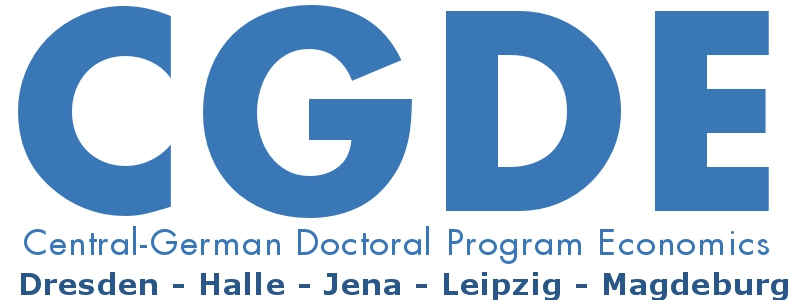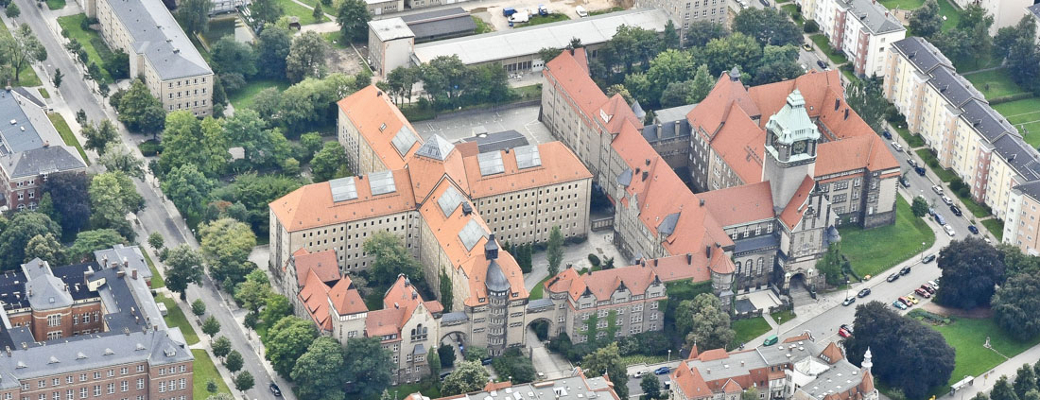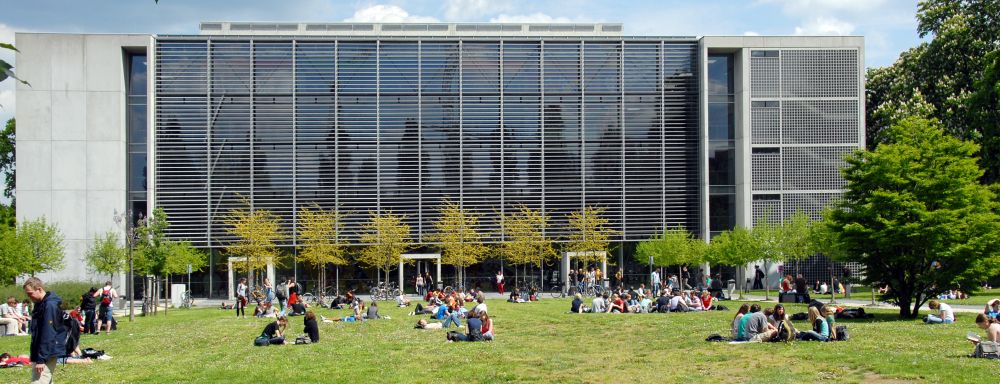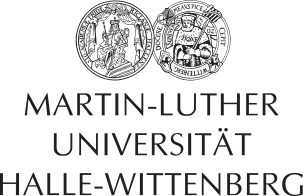Finance, Firm Dynamics and the Business Cycle: Theory and Empirical Evidence
Lecturer: Professor Andrea Caggese (Universitat Pompeu Fabra, Barcelona)
Date: April 24 to April 28, 2017 (24-27 April: 9:00-12:00 and 13:00-16:00 / 28 April: 9:00-12:30)
Venue: Halle Institute for Economic Research (IWH) – Member of the Leibniz Association, Kleine Maerkerstrasse 8, 06108 Halle (Saale), Germany, conference room (ground floor)
Registration: until March 15, 2017 via e-mail: annett.hartung@iwh-halle.de. The course is designed for at most 25 participants.
Announcement (literature list included) see pdf
Overview and Objectives
This course is designed for PhD students interested in doing research on the relation between financial markets and the macroeconomy. We will cover recent research exploring the relation between financial factors, firm dynamics, and aggregate fluctuations. We will consider theories and empirical studies that attempt to identify the causal link from financial frictions to firm investment, employment and innovation decisions at the micro-level, and their implications for both aggregate productivity and business cycle fluctuations.
Applications include financial shocks and the 2007-2009 recession, and firm dynamics and the secular stagnation hypothesis.
The objective of the course is twofold: first, to analyse the extent to which recent theories are successful in explaining the empirical evidence, and which relevant questions remain unanswered; second, to illustrate the building blocks of a theoretical framework able to address such questions.
Course outline (Lectures)
1. Finance and firm dynamics: the facts.
a. Empirical evidence: from firm level financial frict ions to the financial accelerator
2. Entry, exit, and the aggregate implications of firm level financial frictions.
a. Financial frictions, misallocation, and aggregate productivity
3. Finance, innovation, and productivity growth
a. Firm dynamics, technology adoption and innovation, and how they affect firms growth and aggregate productivity
4. Credit, banking and business cycles: the basic framework
a. Credit cycles
b. Heterogeneous firms, heterogeneous projects and bank runs
5. Finance, firm dynamics and the business cycle: theory and applications
a. Apply the theory to the 2007-2009 financial crisis
b. Finance, firm dynamics and secular stagnation
Required Activities
Monday 24/4
9-12: Lecture 1
13-16: Complete lecture 1 (If needed) and Practice session 1 (Problem set on an empirical dataset on STATA)
Tuesday 25/4
9-12: Lecture 2
13-16: Complete lecture 2 (If needed) and Practice session 2 (Problem set on an empirical dataset on STATA)
Wednesday 26/4
9-12: Lecture 3
13-16: Complete lecture 3 (If needed) and Practice session 3 (Problem set on Matlab, code on firm dynamics)
Thursday 27/4
9-12: Lecture 4
13-16: Complete lecture 4 (If needed) and Practice session 4 (Problem set on Maltab, code on firm dynamics and uncertainty shocks)
Friday 28/4
9-12.30: Lecture 5
Lecture notes will be provided 2 weeks in advance. The material for the practice sessons will be provided before the start of the course. Below, references are separately listed for each topic. References denoted with * are the most relevant ones, and having a look at them in advance is useful to better follow the lectures.























